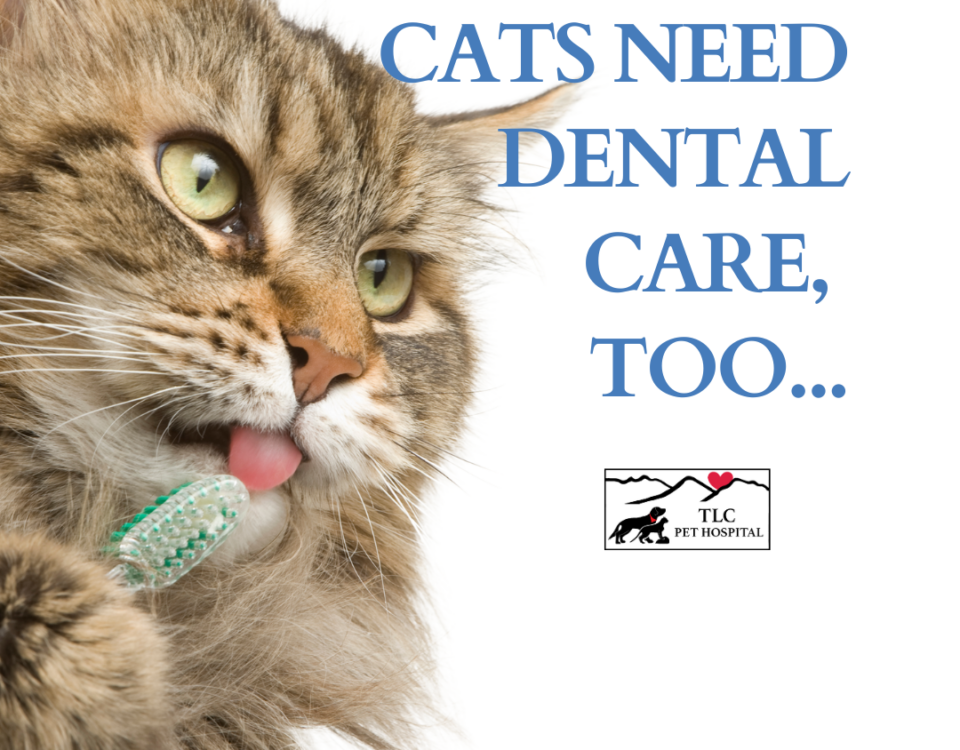Keep Your Pet’s Safe This Labor Day Weekend!
August 26, 2013Tick-Borne Diseases
September 13, 2013Feline Idiopathic Lower Urinary Tract Disease in Cats
Idiopathic Feline Lower Urinary Tract Disease (IFLUTD) is a general term for disorders characterized by blood in the urine, difficult or painful urination, abnormal, frequent passage of urine, urinating in inappropriate locations (ie., bath tub), and partial or complete blockage of the urethra. Also known as Feline Idiopathic Cystitis (FIC), Feline Urologic Syndrome (FUS), or Interstitial Cystitis, this treatable condition occurs in the bladder and urethra of the lower urinary tract; that is, the tube from the bladder to the outside, through which urine flows out of the body.
Idiopathic feline urinary tract disease, and inflammation of the bladder for unknown reasons, are diagnosed only after known causes such as kidney stones or urinary tract infection have been eliminated. Any of the above symptoms or combination of these symptoms may be associated with feline lower urinary tract disease. The same symptoms may apply to diversely different infections, and pinpointing the exact cause for the condition can be complicated, since the feline urinary tract responds to various outside influences in a limited and predictable fashion.
This disease occurs in both male and female cats. The incidence of blood in the urine, difficult or painful urination, and/or blockage of the urethra in domestic cats in the U.S. and U.K. has been reported at approximately 0.5 percent to 1 percent per year. While it can occur at any age, it is found most commonly cats between the ages of one and four-years-old. It is uncommon in cats less than one year of age and in cats greater than 10 years of age.
Symptoms and Types
- Difficult or painful urination
- Blood in the urine
- Abnormal, frequent passage of urine
- Urinating in inappropriate locations
- Blockage of urine flow through the urethra to outside the body
- Thickened, firm, contracted bladder wall, felt by the veterinarian during physical examination
- Some cats with lower urinary tract diseases exhibit similar symptoms to those observed in humans with interstitial cystitis (painful bladder syndrome)
Causes
By definition, this is a disease that arises spontaneously, or for which the cause is unknown. There are many possible causes, including noninfectious diseases like interstitial cystitis (painful bladder syndrome); viruses, such as a calicivirus, a feline syncytium-forming virus, or a gamma herpesvirus can be some of the potential causes for an infection. Frequently, idiopathic lower urinary tract diseases will occur without the presence of a significant amount of bacteria or white blood cells in the urine (white blood cells spilling into the urine would show that an infection is being fought off by the body); studies of male and female cats with and without blockage of the urethra found bacterial urinary tract infections in less than three percent of young-to-middle-age adult cats, and approximately ten percent of senior cats. Stress may play a role in the cause of the condition (due to lowered resistance), or in making the condition worse, but it is unlikely to be a primary cause of the urinary infection.
Diagnosis
Your veterinarian will rule out a range of disorders in arriving at a diagnosis. Some possibilities are metabolic disorders including various types of kidney stones and obstructions. A urinalysis will be ordered, as well as blood tests to determine whether a bacterial, fungal, or parasitic disease is causing the symptoms. A detailed physical examination will determine whether physical trauma, disorders of the nervous system, anatomical abnormalities, or something as simple as constipation, could be the factors behind the symptoms.
X-rays are useful in locating kidney stones if they are suspected, and your veterinarian may want to conduct a cystocopy to determine whether there might be cysts, stones, or polyps in the urinary tract.
Treatment
If your cat does not have blockage of the urethra, it will probably be managed on an outpatient basis, although diagnostic evaluation may require brief hospitalization. If your cat does have blockage of the urethra, it will most likely be hospitalized for diagnosis and management.
For cats with persistent presence of crystals in the urine associated with plugs in the urethra that are causing blockage of the urethra, appropriate dietary management will be recommended. Observations suggest that feeding moist rather than dry foods may minimize recurrence of signs. The goal is to promote flushing of the bladder and urethra by increasing urine volume, thereby diluting the concentrations of toxins, chemical irritants, and substances that can add to the components that produce urinary tract stones and lead to inflammation of the bladder and urinary tract. Whether prescriptions medications are used will depend upon the diagnosis.
Living and Management
Your veterinarian will want to continue to monitor blood in the urine by urinalysis, and will recommend a diet that will help with healing and prevent recurrence. It is wise to keep stress as low as possible for your cat, and you will need to be diligent in giving medications on the schedule prescribed by your veterinarian.
If catheters have been used to retrieve urine from the bladders, there may be some trauma that could lead to infection. You will need to be aware of this possibility and watch for symptoms. Surgery can sometimes also increase the likelihood of infection, and scarring from surgery may narrow the urethra, making urination more difficult. Signs of urinary tract infection generally subside within four to seven days following treatment. If they do not subside, you will need to return to your veterinarian for further treatment.
Prevention
The means of preventing recurrence will depend upon diagnosis. If there is something in your pet’s environment that is found to have brought the condition on, you will, of course, be advised to make changes.



